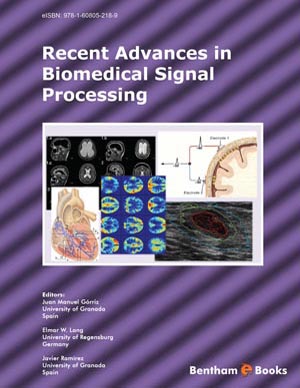Abstract
Coronary heart disease (CHD) is a global epidemic that is the leading cause of death worldwide. CHD can be detected by measuring and scoring the regional and global motion of the left ventricle (LV) of the heart. This works describes a novel automatic technique which can detect the regional wall motion abnormalities of the LV from echocardiograms. Given a sequence of endocardial contours extracted from LV ultrasound images, the sequence of contours moving through time can be interpreted as a three-dimensional (3D) surface. From the 3D surfaces, we compute several geometry-based features (shape-index values, curvedness, surface normals, etc.) to obtain histograms-based similarity functions that are optimally combined using a mathematical programming approach to learn a kernel function designed to classify normal vs. abnormal heart wall motion. In contrast with other state-of-the-art methods, our formulation also generates sparse kernels. Kernel sparsity is directly related to the computational cost of the kernel evaluation, which is an important factor when designing classifiers that are part of a real time system. Experimental results on a set of echocardiograms collected in routine clinical practice at one hospital demonstrate the potential of the proposed approach
Keywords: Coronary heart disease, echocardiograms, ultrasound images, histograms, kernel functions

















